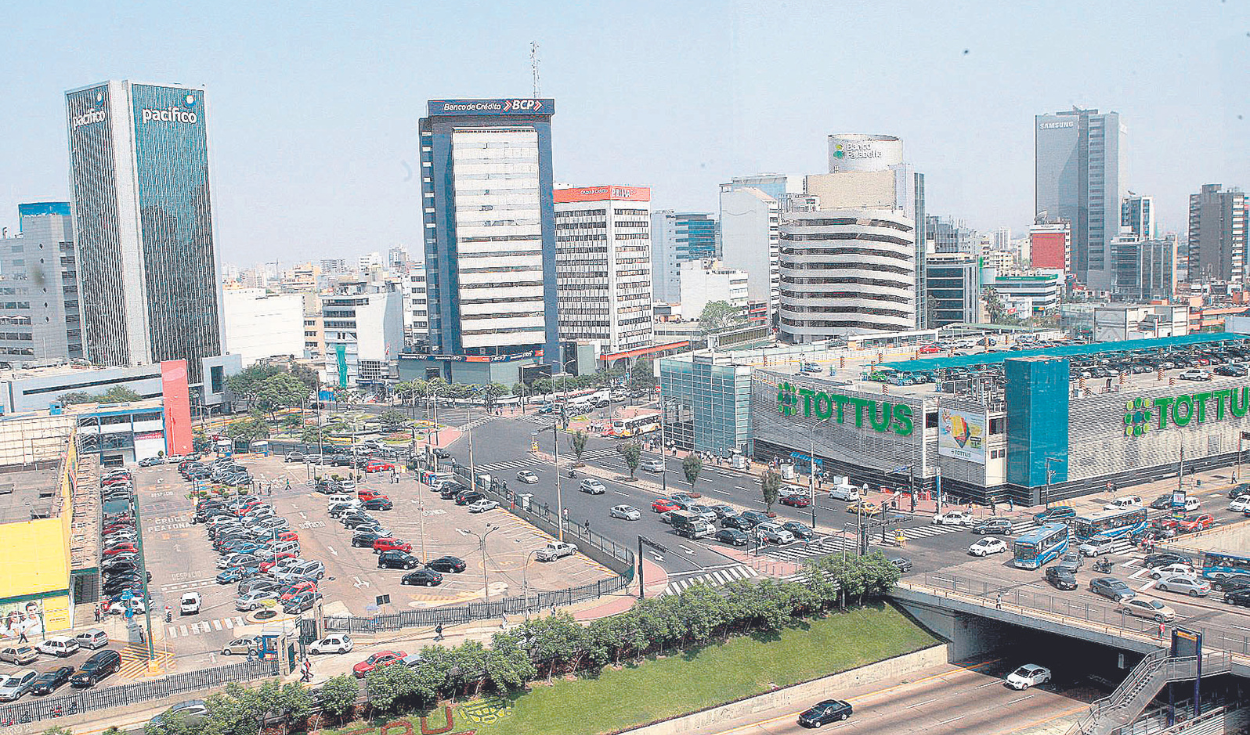
During January, business expectations in Peru continued in the mire of pessimism, according to the monthly survey carried out by the Central Reserve Bank of Peru (BCRP).
It is worth noting that an indicator is determined to be negative when it is below 50 points; In that sense, of the 18 components of the issuing entity’s survey, only six broke that threshold: all long-term (12 months).
Thus, in the immediate term, companies are pessimistic regarding their projections of the economy, the sector where they operate, their company, demand for products, hiring of personnel and investment, despite the fact that in each one there was an improvement with respect to the evaluation December 2023.
At 12 months, in each item mentioned, expectations are positive.
However, as far as the current situation is concerned, what is expected for the business, sales level, production, demand compared to what was expected, purchase orders compared to the previous month and days of unwanted inventory, all remain in the pessimistic hole.
Juan Carlos Odar, economist and director of Phase Consultores, points out that for the first time since May 2023, three-month expectations were improved, but that none reach 50 points.
stone on the road
Odar warns that after the “incomplete rebound” seen in January of this year – where GDP was lower than January 2022 – and the weakened fiscal accounts – considering that the fiscal deficit was broken in 2023 – the scenario “is ugly.”
It is worth adding that only in the fortnight of this month will the complete data on national production until 2023 be known, and according to the criteria of fronts such as Cepal, the Peruvian Institute of Economics and BBVA Research, the Peruvian GDP will oscillate between -0.6% and -0.4%.
Meanwhile, the Government, through the Ministry of Economy and Finance (MEF), expects a rate of 1.1%, while the Central Reserve Bank foresees a drop of 0.5%.
El Niño effect dissipated for better confidence
Luis Alberto Arias Minaya, former head of Sunat and Banco de la Nación, points out that the improvement in short-term indicators is due to the fact that the probability of suffering a strong El Niño phenomenon has dissipated and removes fears of prolonging the recession. .
Likewise, he argues that the approach of inflation to the BCRP target range – between 1% and 3% – gives rise to families having greater purchasing power and that interest rates, in harmony with BCRP policies, continue reducing.
Another tangible effect of the decline in inflation and rates will be the rebound in private investment, which this year would grow 2% according to the MEF. Let us remember that private investment is one of the main drivers of GDP, since it covers 80% of total investment.
And why the long-term pessimism?
“It is due to the weak recovery because growing at 2% or 3% are not rates that allow reducing the indicators of general or work poverty,” Arias Minaya warns for this newspaper.
As reported by La República, the rebound in 2024 would be barely 2% and even then it will not allow us to reduce the margins of problems that plague the country.
Even so, the most salient thing about the weak rebound of the Peruvian economy is that after two years in a row it will exceed the average for Latin America, which would have a variation of 2.3%.
Former minister Luis Miguel Castilla pointed out that 3% will not be enough, and recommends that the Government of Dina Boluarte work more to maintain sociopolitical stability.
Data
- Effect. According to a recent study by Credicorp, half of Peruvians do not want to invest their money.
- Brake. The Fitch rating agency warned that the political unrest affects the perspectives of private investors on the Peruvian market.
Source: Larepublica
Alia is a professional author and journalist, working at 247 news agency. She writes on various topics from economy news to general interest pieces, providing readers with relevant and informative content. With years of experience, she brings a unique perspective and in-depth analysis to her work.












